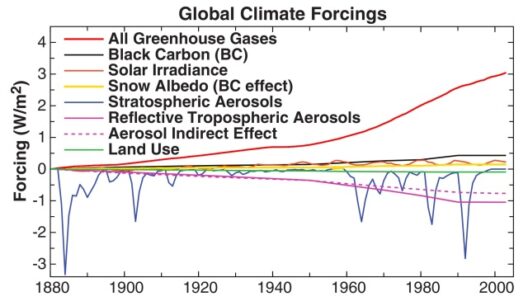The phenomenon of climate change is indisputable, yet the urgency of its implications often seems to elude public consciousness. The term “climate clock” has emerged as a powerful symbol in the ongoing battle against this environmental crisis. It signifies not only the measurement of time but also the perception of a rapidly closing window for meaningful action. Understanding when this metaphorical clock started, and the factors that contribute to its pressing urgency, is essential for grappling with contemporary climate challenges.
The onset of the climate clock can be traced back to the late 20th century. Scientific inquiry into the environmental impact of anthropogenic activities began in earnest during this period, with seminal reports highlighting the increase in greenhouse gas emissions. The 1992 Earth Summit in Rio de Janeiro marked a pivotal moment as nations convened to address climate change on a global scale. This conference aimed to forge international consensus on sustainable development and laid the groundwork for future climate protocols.
However, it wasn’t until the establishment of the Intergovernmental Panel on Climate Change (IPCC) in 1988 that a more structured approach to climate science began to take form. The IPCC’s periodic assessments have been instrumental in synthesizing vast amounts of scientific data and translating them into actionable insights. Notably, their 2007 report affirmed with increasing confidence the human contribution to climate change, effectively resetting the climate clock in the public mind.
In the years following, climate activism gained traction, propelled by escalating environmental catastrophes and growing media coverage. Events such as Hurricane Katrina in 2005 and the 2010 heatwaves in Russia served as stark reminders of the immediate effects of climate change. Each calamity underscored the importance of the urgency that the climate clock embodies. Activists and scientists alike rallied to amplify this message, creating a sense of collective urgency and a race against time.
The idea of a ‘countdown’ to potential climate catastrophe has spurred public interest and engagement. The enactment of the Paris Agreement in 2015 was another significant milestone, as countries committed to limiting global warming to well below 2 degrees Celsius. The agreement underscored the notion that humanity was, indeed, racing against time. Climate advocacy intensified, not only through policy reform but also in urban landscapes where visual reminders of this race — such as the Climate Clock installed in New York City — began to surface.
Yet, the fascination with the climate clock runs deeper than mere statistics and deadlines. It holds profound implications for societal values and our future. The clock is, in essence, a reflection of the choices we face. As the deadline for significant reduction in carbon emissions creeps closer, it signifies a broader existential reckoning. Are we willing to reconsider our lifestyle choices, our consumption habits, and our economic paradigms, or will we persist in a path marked by consumption and disregard?
Additionally, this notion of time can also manifest in psychological and societal dimensions. The urgency invoked by the climate clock often leads to feelings of anxiety and helplessness. However, it can also ignite empowerment and agency among individuals and communities. This duality highlights the complex interplay between awareness and action. It compels a reevaluation not only of policies and systems but also of personal ethics and responsibilities.
The climate clock is not merely a countdown; it is a clarion call for systematic change. How we perceive and respond to this urgency can influence not only the future of our planet but also the socio-political landscape. Voice your concerns and invest in climate solutions, be it through grassroots initiatives or advocacy at the governmental level. Education remains key, as informed citizens are more likely to demand accountability and push for transformative policies that prioritize sustainability over short-term profits.
The science is clear, yet the solutions require collective action. The race against time symbolizes the crossroads we now face—stagnation or progress. A myriad of solutions exist; renewable energy, sustainable agriculture, and carbon capture technologies are just a few pathways through which mitigation can be achieved. Mobilizing resources and aligning public discourse towards these goals can catalyze the transformation required to alter the trajectory of climate change.
Ultimately, the question remains: how do we utilize the remaining time effectively? The clock may be ticking, but there lies an opportunity for innovation and cooperation. The drive to act must extend beyond individual initiatives to encompass a collective commitment to safeguarding the planet for future generations. The race against time is not only about the minutes escaping; it is about reshaping our landscapes—both environmental landscapes and the very fabric of society itself.
The climate clock serves as both a warning and a guide. It encourages introspection about our practices, challenges societal norms, and emphasizes the interconnectedness of our actions. To reframe the narrative, we must adopt a proactive stance, recognizing that while time is indeed limited, our capacity for change is boundless. Every moment counts in this race against time; it demands our full attention and mobilizes our collective will to create a lasting impact.








